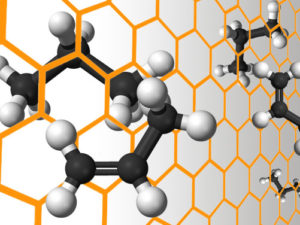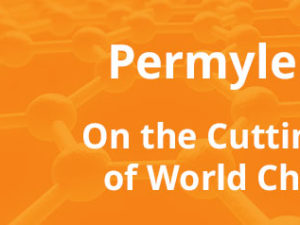
In the April, 2017, edition of Hydrocarbon Processing magazine that highlighted developments in the petrochemical industry, two articles were featured – one by The Dow Chemical Company, Freeport, Texas, entitled “Shaping the future of on-purpose propylene production”, and the other by the National Research Center (NRC), Cairo, Egypt, entitled “An investigative study for technological innovation for ethylene plants”. While the two articles by definition covered different aspects of the petrochemical chain, the underlying message was nonetheless consistent. Innovation is the key to the development of sustainable, cost advantaged methods of petrochemical production through lower overall energy consumption, optimization of product mix, and an accompanying reduction in environmental emissions.
Historically, transportation fuels have been the primary driver of the growth in oil demand and consumption. In the US alone, transportation fuels have made up nearly three-quarters of total US oil demand. Now, with the advent of vehicle electrification and government-mandated fuel economy targets the rate of growth in gasoline consumption has slowed. Conversely, no such disruptive technical advancements currently exist that will slow the growth in the demand for petrochemicals as feedstock for the plastics industry. According to the International Energy Agency’s (IEA) long-term outlook, petrochemical demand driven primarily by China, India and OPEC countries should rise by 5 million barrels per day through 2040, a CAAGR of 1.5% that is far greater than the 0.6% CAAGR that is predicted for transportation fuels during this same period. As this scenario plays out, technological advances such as those highlighted in the articles above will serve to take advantage of market conditions and help to bring markets toward balance.
As this worldwide demand for light olefins increases, there is an enormous incentive to explore reliable, innovative alternatives to traditional (ie. old dog) energy intensive processes such as distillation. The is particularly the case for the separation of olefins from paraffins with the search for lower energy consumption, reduced capital cost and reduced environmental impact. A study recently published by The Catalyst Group Resources, The Separations Report: Commercial, Technical and R&D Assessment in Refining, Petrochemical/Syngas, Natural Gas and Industrial Gases, looks at the technical progress made in separations processes over the past 5-10 years. Among the advances highlighted and assessed in the report is the burgeoning number of applications in the petrochemical industry for membranes (e.g. new tricks) that can be used in the area of olefin-paraffin separations. Membrane technology represents one of the more rapidly growing technologies that can operate as a “new trick” standalone process, or as an integrated enhancement to “old dog” distillation technology.
Oil price volatility, geopolitics, and economic uncertainty, all contribute towards the continued need to innovate and technologically advance with “new tricks” if petroleum and petrochemical companies are to survive in this highly competitive industry.





